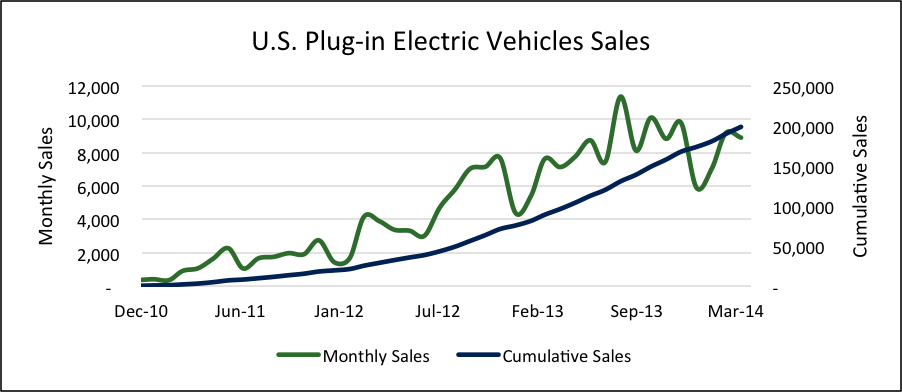An infrastructure gap exists, largely because the private sector is reluctant to invest in ZEV refueling infrastructure without confidence that demand will materialize and there will be a return on investment.
C2ES has been studying this dilemma for more than three years, through our PEV Dialogue Initiative and AFV Finance Initiative. Both efforts aim to accelerate low-carbon vehicle sales, in part by identifying innovative business models that will encourage private investment in vehicles and fueling infrastructure.
The good news is the Multi-State ZEV Action Plan is filled with policies and activities that will help address some of the barriers to investment we’ve outlined. For example, charging infrastructure providers need flexibility in how they make money because electricity can be an awfully low-cost transportation fuel compared to gasoline. Charging at home is inexpensive and convenient, but more public and workplace charging stations are needed to get consumers comfortable with the idea of owning a ZEV. In the plan, the states highlight the need to modify electricity regulations so these charging infrastructure providers can enter new markets and deploy their business models.
At C2ES, we’re excited to be a part of the market transformation that’s underway. I’m writing this post from a conference near the headquarters of General Motors in Detroit. The iconic building is a reminder of the strength and influence the auto industry wields in the United States. With today’s release of the Multi-State ZEV Action Plan, eight states have made it clear they’ll be engaged partners, working to advance new, low-carbon technology that GM and other automakers develop.
